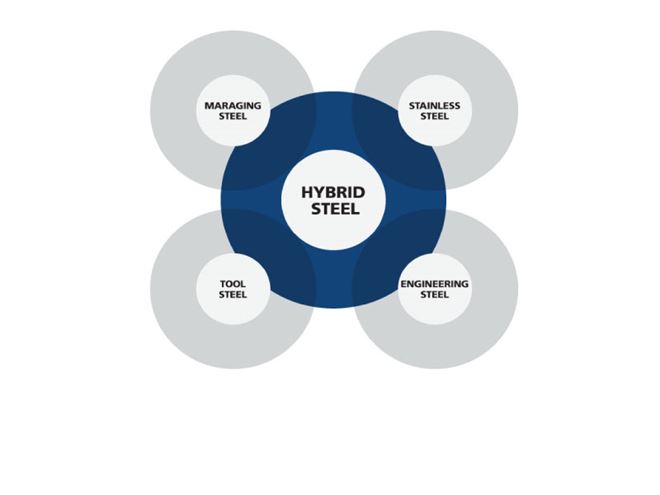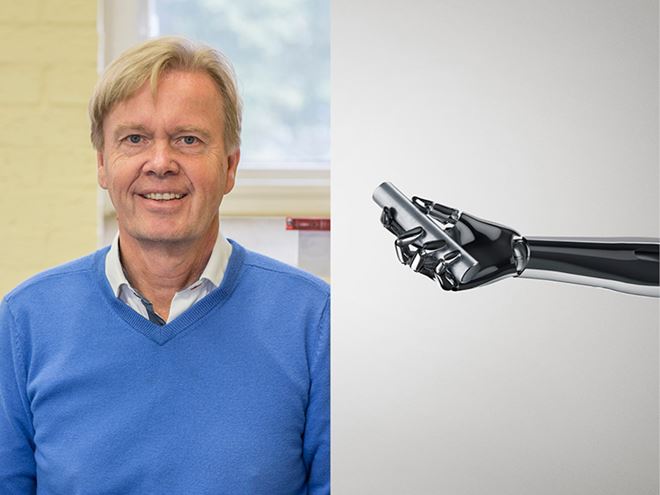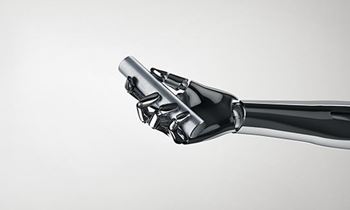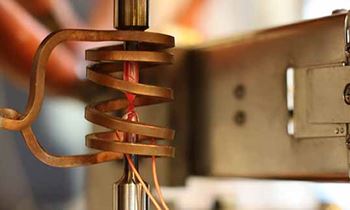Jan-Erik Andersson, Senior Group Technical Specialist, Ovako R&D answers our questions about the new Hybrid Steel family.
What is Hybrid Steel?
This invention was made possible by the successful combination of alloy carbide and intermetallic precipitation hardening together with a creative alloying philosophy that minimizes segregation. The result is a steel with more than twice the yield and tensile strength of conventional bearing steel when tempered for use at elevated temperatures. It also offers the production economy of typical engineering steel as it can be produced by large-scale automated ingot cast processes.
Where will Hybrid Steel be used?
Hybrid Steel offers superior strength over conventional steels, especially for high temperature applications. Therefore, it has particular appeal for use in engine components, bearings and tools that operate in extreme environments and in demanding conditions.


Due to its high hardenability, Hybrid Steel does not need to be quenched to achieve a fully martensitic structure for the subsequence tempering process. This results in minimum component distortion and enables a reduction in final machining processes.
How can Hybrid Steel contribute to component reliability?
Advanced engineering components need high-performance steels that not only sustain high loads but are also reliable. One key method to increase reliability is to improve fatigue life, because for ultra-high-strength steels, fatigue is an essential life-limiting factor for any well-designed component.
There are two critical factors in optimizing the fatigue resistance of steel. Both of these were considered in the development and production of Hybrid Steel. First, it is vital to control the size and population of defects (inclusions) in steel that act as stress concentrators and crack initiators. Ovako is a leader in the production of ’clean’ steel with over a century of experience. Second, perhaps the most important criteria for fatigue resistance is that the microstructure should not be weakened when exposed to the operating temperature and load. Hybrid Steel achieves its strength after high-temperature tempering, and the resulting microstructure is extremely stable. It therefore offers a much higher fatigue resistance.
Does Hybrid Steel offer any other advantages?
Because of its aluminum content, Hybrid Steel has surprisingly good corrosion and oxidation resistance similar to the lower end of stainless steels. It is also suitable for welded high-strength components.
Can you outline the key features of Hybrid Steel?
We have identified eight key features of Hybrid Steel that will be of particular interest for customers:
1. High strength, especially at elevated temperatures
2. High-volume, cost-efficient production
3. High hardenability enabling low distortion
4. High cleanness and fatigue strength at elevated temperatures
5. Uniform properties with low micro-structural segregation
6. High strength with good weldability
7. Excellent surface treatment possibilities
8. Good corrosion resistance
Is Hybrid Steel commercially available?
This is a new family of steels that will continue to develop and grow. Hybrid Steel 50, 55 and 60 are the first three commercially available grades. The first two are designed to 50 and 55 HRC hardness, which provides an array of engineering steel capabilities. The third grade is designed to 60 HRC hardness and is a unique grade of bearing steel for applications where added performance is needed.
Technical Report: Hybrid Steel® - the next step in steel evolution


